This Ariel Square Four was delivered new to Edmund Harold Littledale at his business, the London Road Garage, Stony Stratford, Buckinghamshire on 3rd April 1931. ‘Gaffer’ Littledale, as he was known, was a prominent amateur member of the Ariel team that performed so well in the reliability trials and other long-distance events of the ‘Pioneer’ period prior to WWI. Littledale’s exploits during 1913/1914 included winning Gold Medals in the MCC London-Exeter, Scottish Six Days’ and Colmore Cup Trials, and he was often depicted in Ariel’s advertising. In the 1914 Bristol-Land’s End-Bristol Trial he was the only 500cc solo rider to finish, while in the Exeter & District MCC Open Trial his 5-6hp Ariel was the smallest combination successfully to complete the course. In an age before specialisation and the rise of the paid professional rider, Littledale also went racing, finishing 24th in the 1914 Isle of Man Senior TT. Clearly an all-rounder of no mean ability, Edmund Littledale continued his association with Ariel throughout the 1920s and into the 1930s. In 1925 he formed part of the Ariel squad that secured the Manufacturers’ Team Prize in the Scottish Six Days’ Trial (over 350cc class) and in 1927 was in Ariel’s successful Maudes Trophy team that piloted a Model B Combination for 5,011 miles without once stopping the engine! Riding one of the new 499cc overhead-valve models, ‘Gaffer’ Littledale gained an individual Gold Medal in the 1928 International Six Days’ Trial in Yorkshire, helping Ariel secure the Manufacturers’ Team Prize in the 500cc category. Ariel retained the Maudes Trophy later that same year, when once again ‘Gaffer’ Littledale played a starring role. He was also an Ariel agent and purchased one of the new Square Fours, the machine offered here, in 1931. Edmund Littledale is mentioned on numerous occasions in The Ariel Story by Peter Hartley, and specifically in connection with his Square Four and the 1931 Scottish Six Days’ Trial on page 107: “Finally, ‘Gaffer’ Littledale, the veteran of the Ariel team, riding one of the new solo ‘fours’ won a silver medal and was awarded the George Albert Memorial Trophy for: ‘the most meritorious performance in overcoming hardships and difficulties’.” Designed by Edward Turner the Square Four was first shown at Olympia in 1930. Unique at the time of its introduction, the ‘Squariel’, as it was swiftly dubbed, featured a single block of four cylinders and twin geared-together crankshafts with pistons phased at 180 degrees. The crankcase was split horizontally, unusually for a motorcycle engine of the period, while the vertical valves were operated by a single overhead camshaft. A supercharged example was raced at the Isle of Man TT in 1931 without success, which was hardly surprising as its makers had envisaged the model as more of a luxury tourer than an out-and-out sports machine. Although launched as a ‘500’, the Squariel was soon enlarged to 601cc with an eye on the important sidecar market. The bigger version was first made available for the 1932 model year, and it is interesting to note that the Littledale Square Four was identified in 1964 by Ernie Smith, Service Manager of Ariel Motors Limited, as a 600cc model. Given Littledale’s long-standing relationship with Ariel it is not beyond the bounds of possibility that his Squariel, although nominally a ‘500’ when supplied, was used as a test bed for the new, bigger top-end. Alternatively, it may have been fitted with the 601cc block when this became available. Referring to the machine’s non-standard features in his letter to the vendor, E Smith says: “The differences indicated by you between the actual model and the illustrations in your possession would, we are quite sure, be modifications carried out by Mr Littledale personally, particularly with regard to the speedometer which was driven from the front wheel as this gave a more accurate reading for competition purposes. “While most of the models were equipped with a speci
This Ariel Square Four was delivered new to Edmund Harold Littledale at his business, the London Road Garage, Stony Stratford, Buckinghamshire on 3rd April 1931. ‘Gaffer’ Littledale, as he was known, was a prominent amateur member of the Ariel team that performed so well in the reliability trials and other long-distance events of the ‘Pioneer’ period prior to WWI. Littledale’s exploits during 1913/1914 included winning Gold Medals in the MCC London-Exeter, Scottish Six Days’ and Colmore Cup Trials, and he was often depicted in Ariel’s advertising. In the 1914 Bristol-Land’s End-Bristol Trial he was the only 500cc solo rider to finish, while in the Exeter & District MCC Open Trial his 5-6hp Ariel was the smallest combination successfully to complete the course. In an age before specialisation and the rise of the paid professional rider, Littledale also went racing, finishing 24th in the 1914 Isle of Man Senior TT. Clearly an all-rounder of no mean ability, Edmund Littledale continued his association with Ariel throughout the 1920s and into the 1930s. In 1925 he formed part of the Ariel squad that secured the Manufacturers’ Team Prize in the Scottish Six Days’ Trial (over 350cc class) and in 1927 was in Ariel’s successful Maudes Trophy team that piloted a Model B Combination for 5,011 miles without once stopping the engine! Riding one of the new 499cc overhead-valve models, ‘Gaffer’ Littledale gained an individual Gold Medal in the 1928 International Six Days’ Trial in Yorkshire, helping Ariel secure the Manufacturers’ Team Prize in the 500cc category. Ariel retained the Maudes Trophy later that same year, when once again ‘Gaffer’ Littledale played a starring role. He was also an Ariel agent and purchased one of the new Square Fours, the machine offered here, in 1931. Edmund Littledale is mentioned on numerous occasions in The Ariel Story by Peter Hartley, and specifically in connection with his Square Four and the 1931 Scottish Six Days’ Trial on page 107: “Finally, ‘Gaffer’ Littledale, the veteran of the Ariel team, riding one of the new solo ‘fours’ won a silver medal and was awarded the George Albert Memorial Trophy for: ‘the most meritorious performance in overcoming hardships and difficulties’.” Designed by Edward Turner the Square Four was first shown at Olympia in 1930. Unique at the time of its introduction, the ‘Squariel’, as it was swiftly dubbed, featured a single block of four cylinders and twin geared-together crankshafts with pistons phased at 180 degrees. The crankcase was split horizontally, unusually for a motorcycle engine of the period, while the vertical valves were operated by a single overhead camshaft. A supercharged example was raced at the Isle of Man TT in 1931 without success, which was hardly surprising as its makers had envisaged the model as more of a luxury tourer than an out-and-out sports machine. Although launched as a ‘500’, the Squariel was soon enlarged to 601cc with an eye on the important sidecar market. The bigger version was first made available for the 1932 model year, and it is interesting to note that the Littledale Square Four was identified in 1964 by Ernie Smith, Service Manager of Ariel Motors Limited, as a 600cc model. Given Littledale’s long-standing relationship with Ariel it is not beyond the bounds of possibility that his Squariel, although nominally a ‘500’ when supplied, was used as a test bed for the new, bigger top-end. Alternatively, it may have been fitted with the 601cc block when this became available. Referring to the machine’s non-standard features in his letter to the vendor, E Smith says: “The differences indicated by you between the actual model and the illustrations in your possession would, we are quite sure, be modifications carried out by Mr Littledale personally, particularly with regard to the speedometer which was driven from the front wheel as this gave a more accurate reading for competition purposes. “While most of the models were equipped with a speci
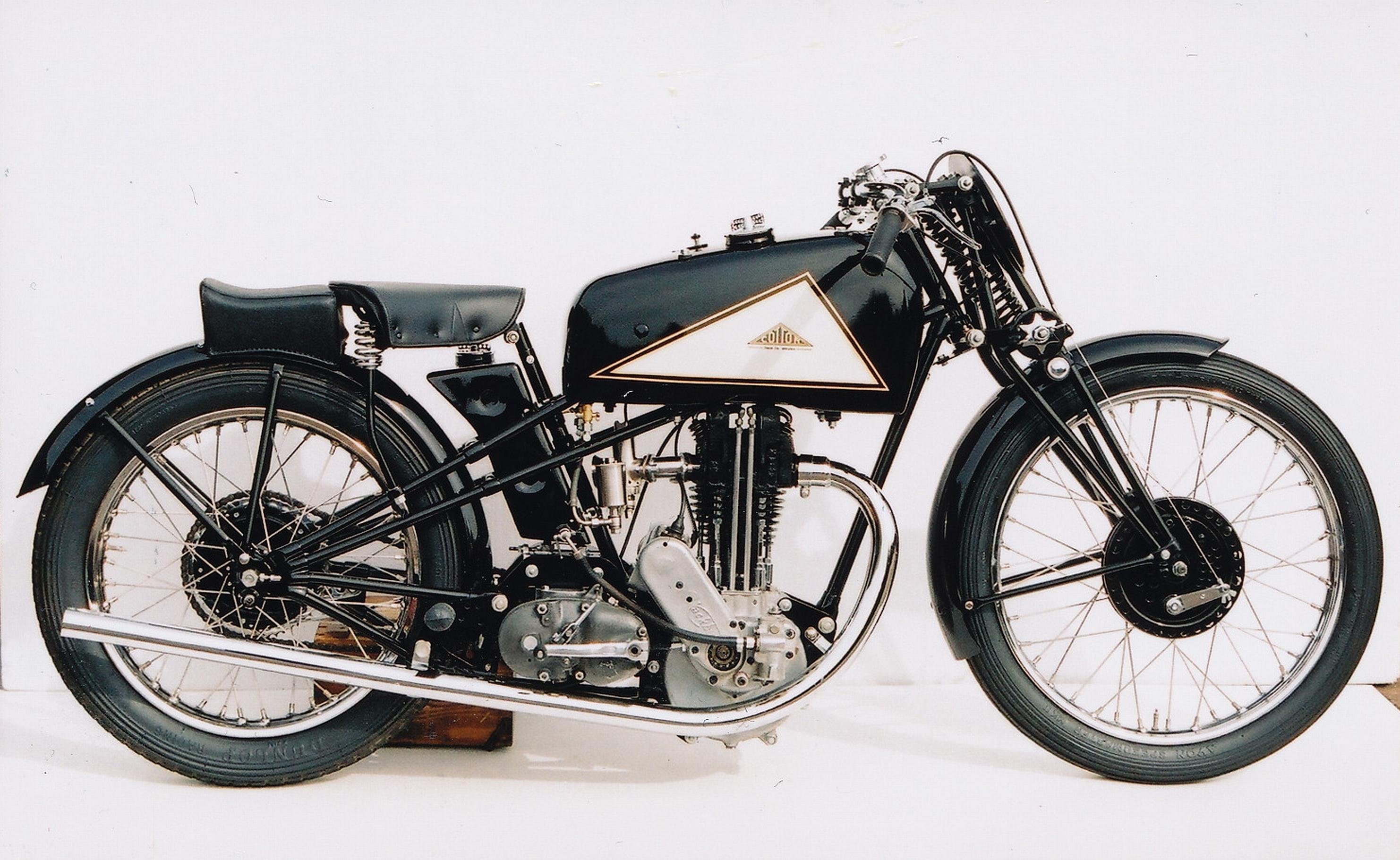



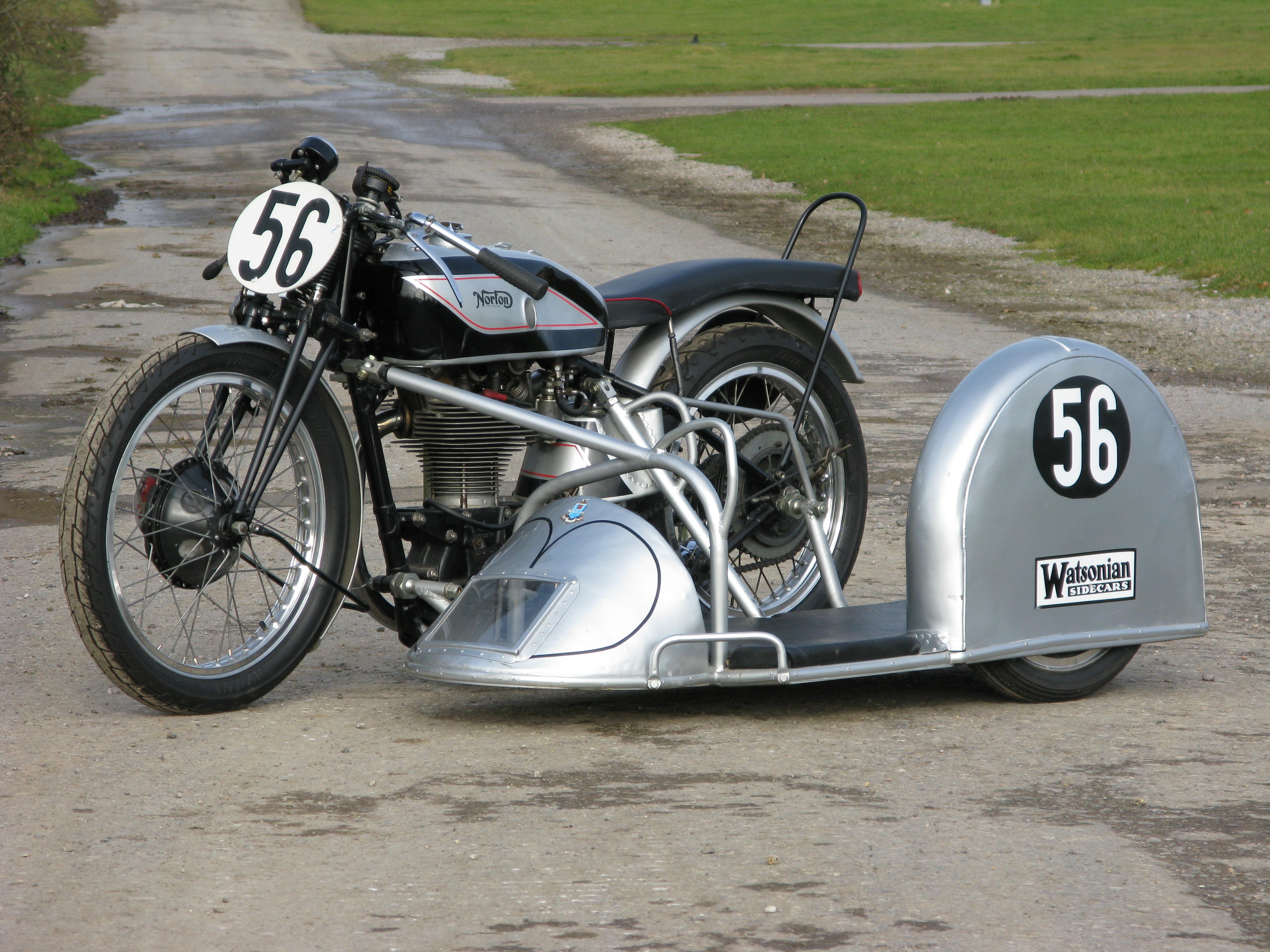
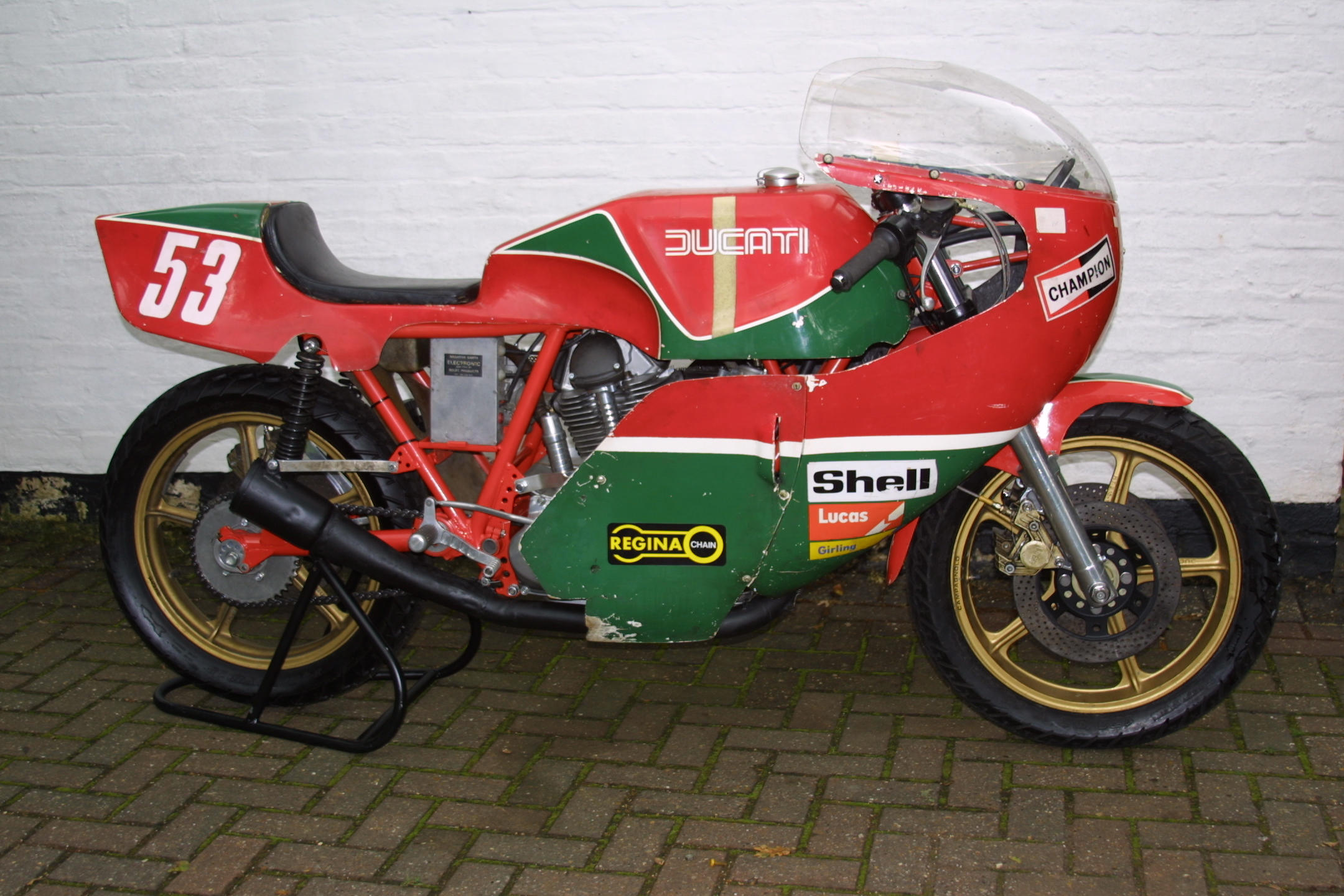

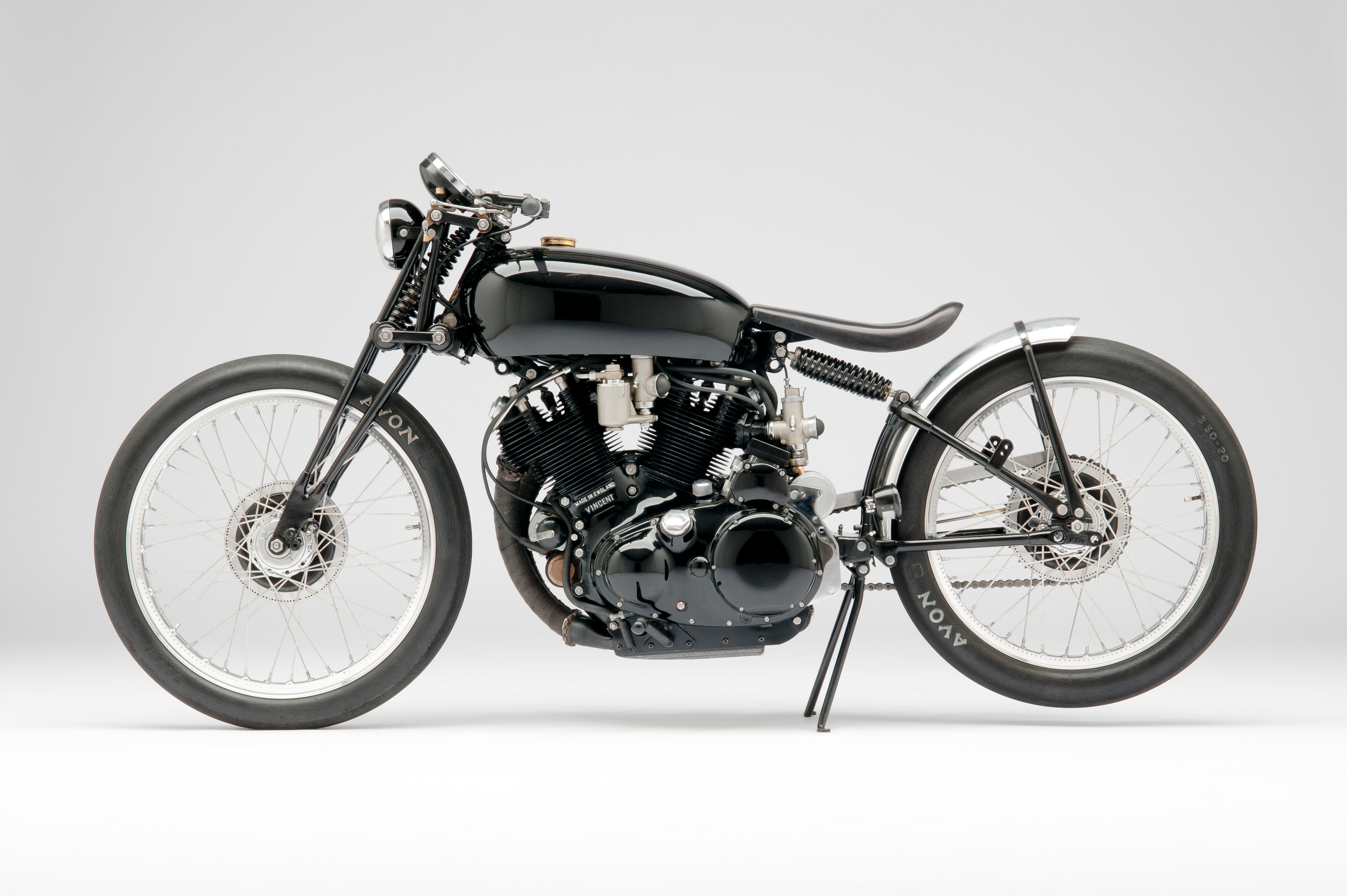
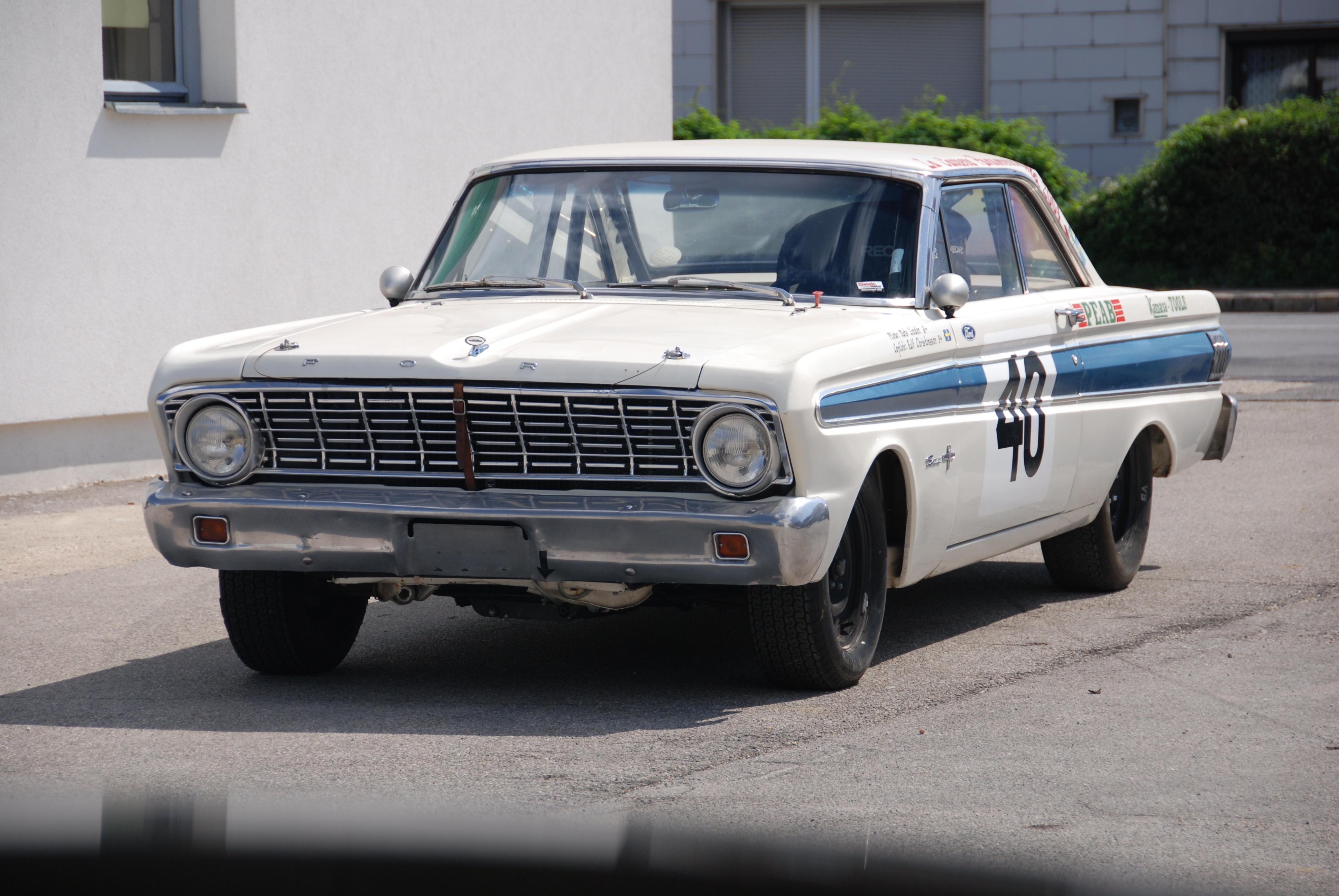
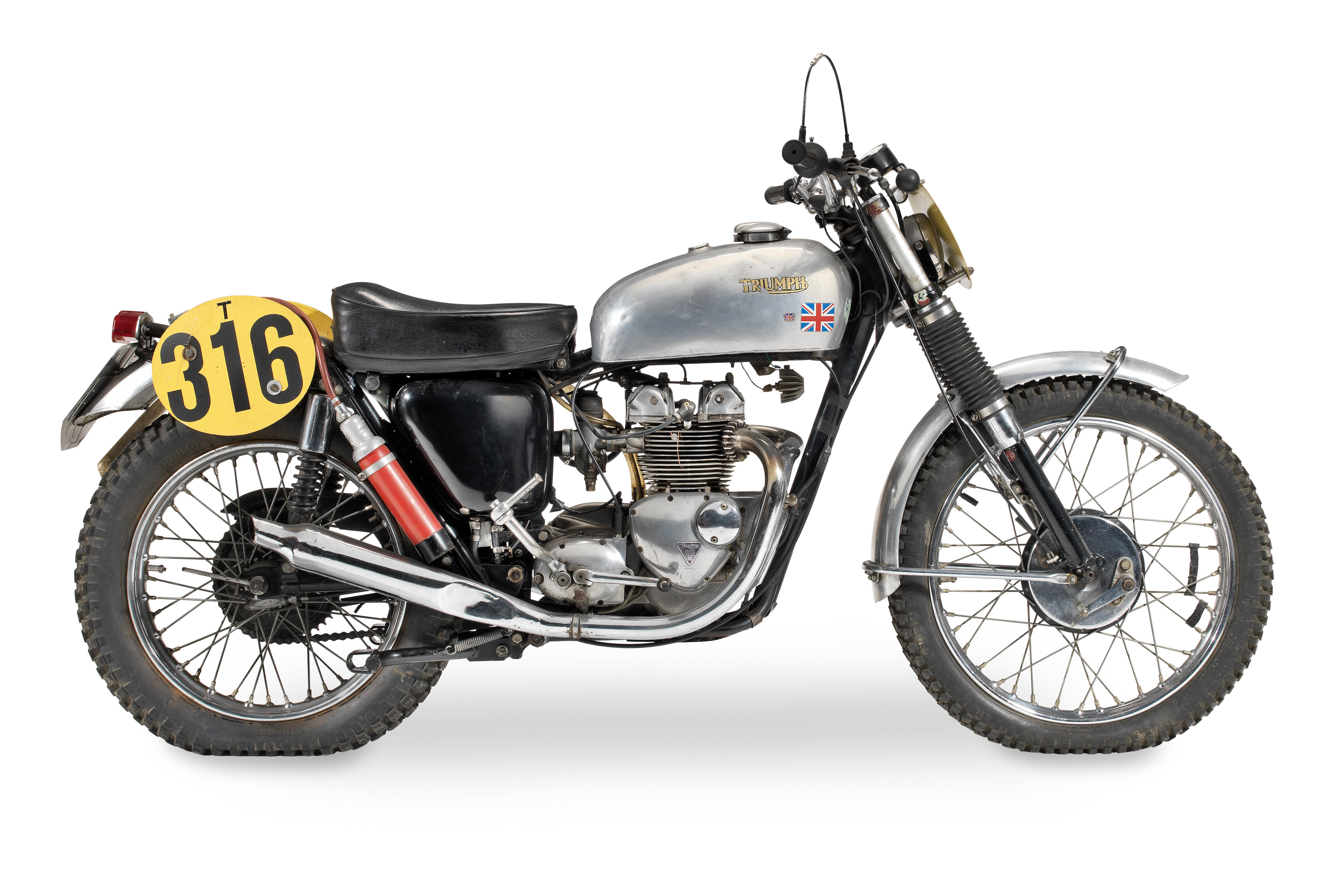
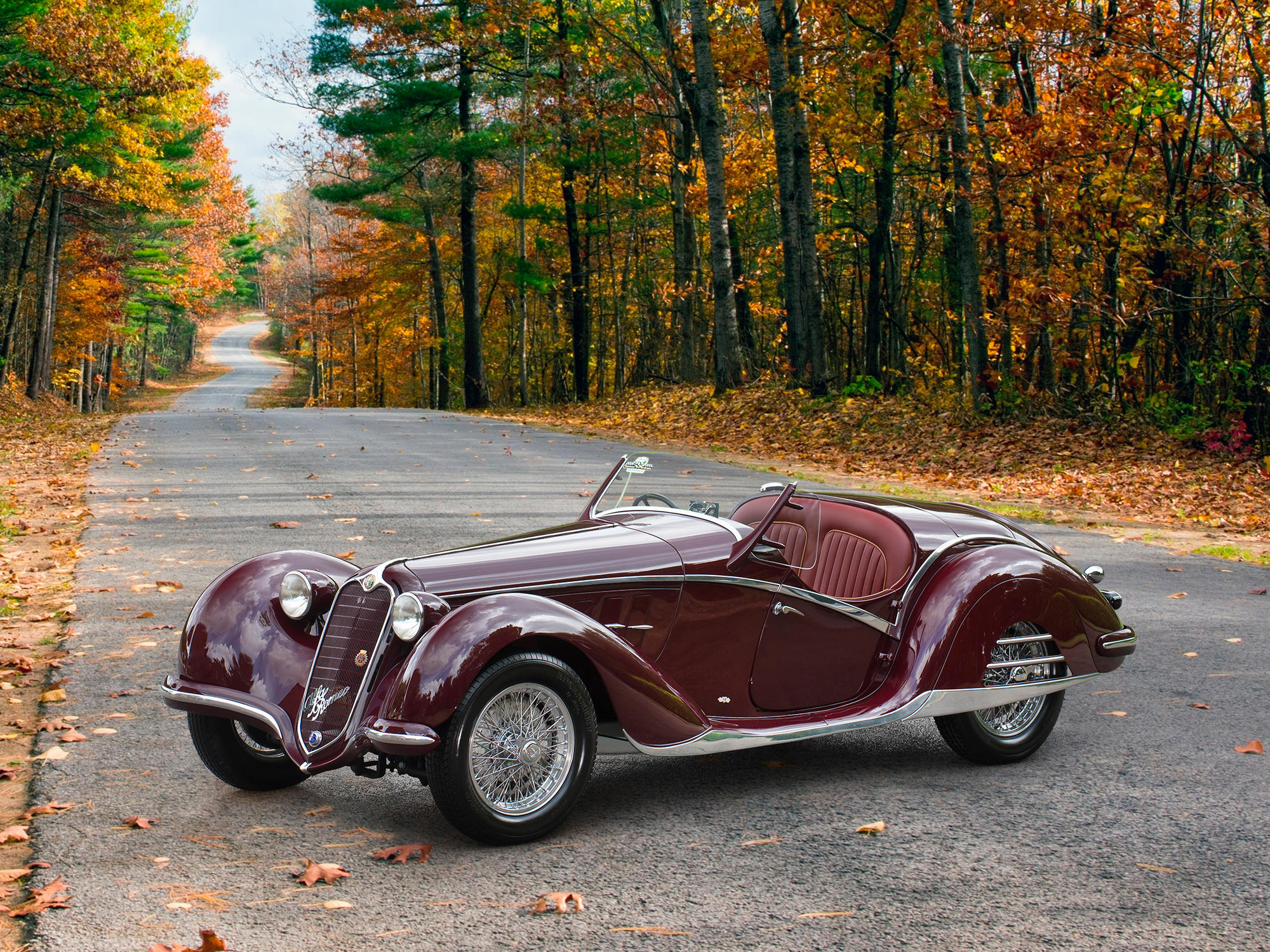
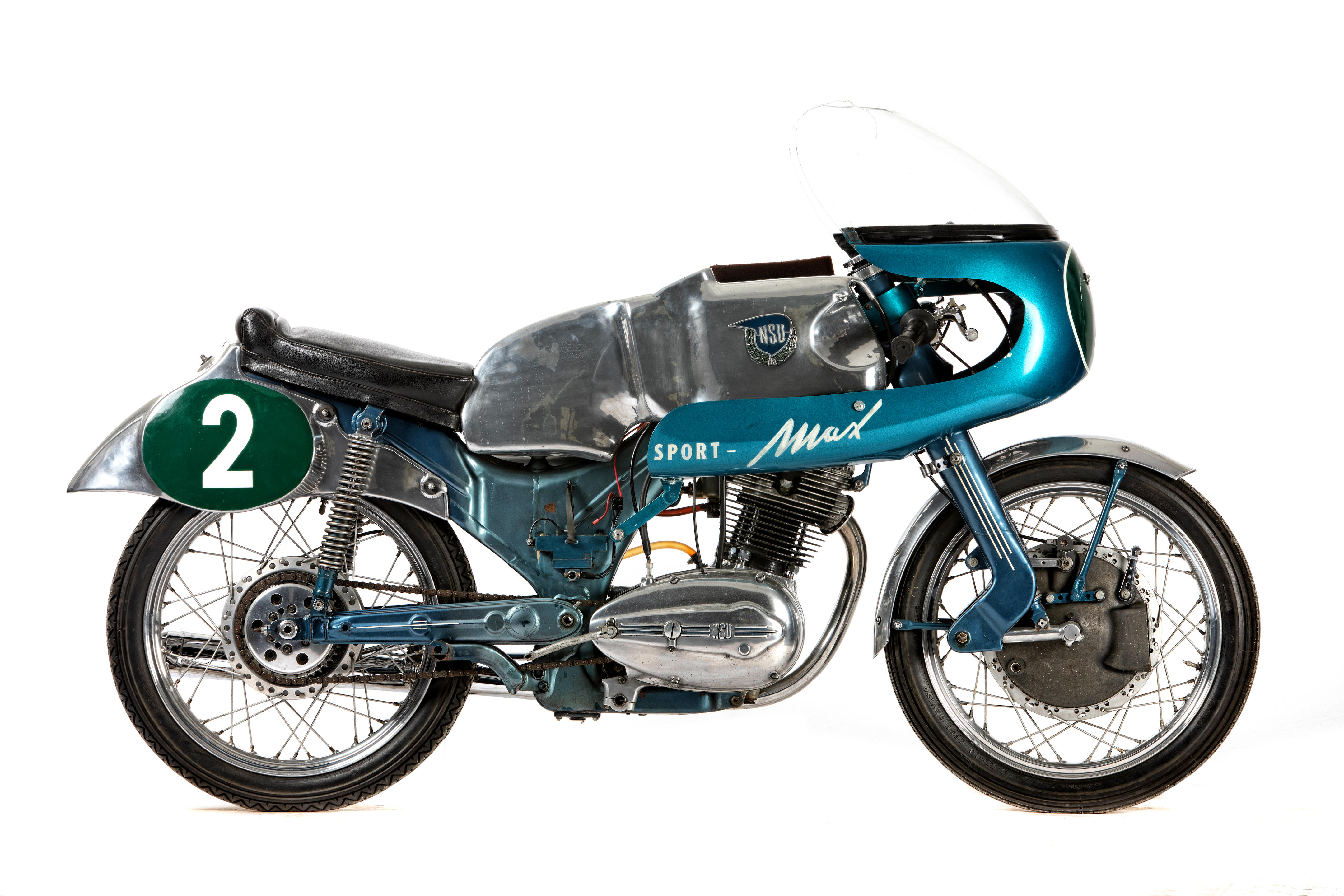



Testen Sie LotSearch und seine Premium-Features 7 Tage - ohne Kosten!
Lassen Sie sich automatisch über neue Objekte in kommenden Auktionen benachrichtigen.
Suchauftrag anlegen